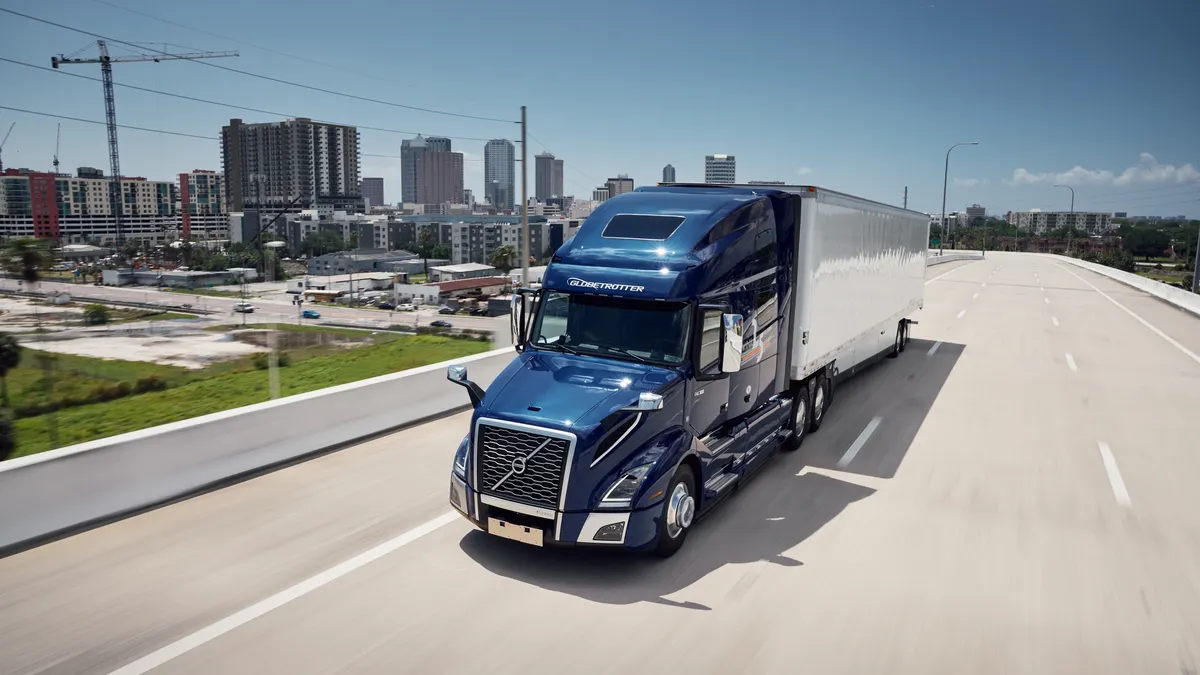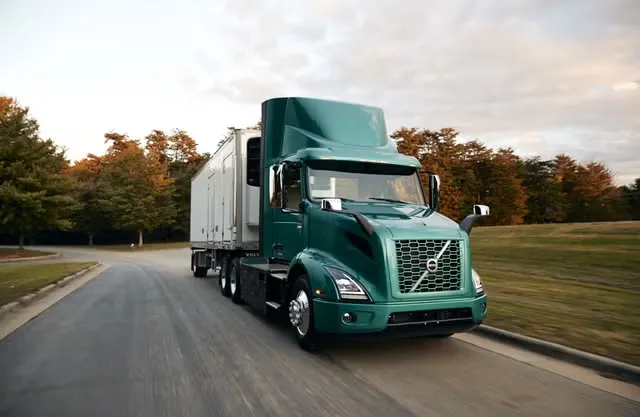
Attorney Amy Witherite Questions Safety Claims of Autonomous Trucks
Attorney Amy Witherite Challenges Safety Assumptions Behind Driverless Truck Testing on Texas Highways As autonomous vehicle technology continues to accelerate across the United States, the state of Texas has emerged as a hotbed for testing, especially for self-driving commercial trucks. But not everyone is convinced the roads are ready. One of the most prominent voices raising alarm is Amy Witherite, a veteran attorney and traffic safety expert with decades of experience representing victims of truck crashes. Her concern: the safety claims made by autonomous vehicle developers don’t withstand serious scrutiny, particularly when it comes to 80,000-pound 18-wheelers sharing the highway with everyday drivers.
“Some of the statistics used to justify putting 80,000-pound 18-wheelers on Texas highways don’t add up when you consider the number of miles actually driven each year,” said Witherite, who is the founder of the Witherite Law Group, a firm known for advocating for safer roads and fighting for accident victims.
According to Witherite, the data being cited to support the rapid expansion of driverless truck testing is deeply flawed—or at least, far from sufficient—to guarantee public safety. In her view, claims made by tech companies promoting autonomous driving systems do not reflect the scale of testing required to validate such technology, especially in complex real-world environments like Texas highways.
The Numbers Tell a Different Story
At the center of Witherite’s argument is a matter of statistical significance. In transportation safety, establishing a vehicle’s reliability—particularly when it comes to reducing accidents and fatalities—requires an extraordinary amount of real-world data. Industry leaders and academic researchers alike have long warned that proving the safety of autonomous vehicles is not as simple as driving a few thousand or even a few million miles.
To illustrate the disparity, Witherite compares two important figures:
- 200 billion miles: That’s how far tractor-trailers travel across the United States each year, according to the American Trucking Association. These figures represent a massive volume of exposure on public roadways, with thousands of human drivers operating under varied conditions.
- 3 million miles: That’s the number of autonomous miles driven by Aurora Innovation, Inc. (NASDAQ: AUR) with a human monitor in the cab. The company has also completed approximately 10,000 customer loads and more recently logged 1,200 miles without a human driver during testing on Texas roads.
From Witherite’s standpoint, the comparison is stark. Even Aurora’s most extensive testing is a tiny fraction of the exposure needed to prove autonomous systems can reliably perform without introducing significant new safety risks.
“They are literally a drop in the bucket and nowhere near the number of miles needed to show these vehicles do not pose a significant safety hazard to all those who will share the road,” Witherite emphasized.
This conclusion is backed by an analysis from the RAND Corporation, which suggests that in order to statistically prove that autonomous vehicles are safer than human drivers in terms of fatalities and injuries, they would need to be driven hundreds of millions—or in some scenarios, hundreds of billions—of miles. Such a threshold is virtually impossible to reach through physical road testing alone.
Aurora’s Brief Test and Industry Disparities
Aurora’s initial foray into driverless trucking in Texas involved operating trucks without a human driver in the cab. However, that program came to a halt less than three weeks after it launched—at the request of PACCAR Inc. (NASDAQ: PCAR), the manufacturer of the trucks that Aurora had retrofitted for autonomous operations.
To Witherite, this incident is telling. It demonstrates a fundamental divide within the industry: between tech-focused companies like Aurora, whose business model depends on fast-tracking autonomous capabilities, and legacy manufacturers like PACCAR, whose primary responsibility is to produce reliable commercial trucks and protect their long-standing brand reputation.
“It is important to note that companies whose survival depends on autonomous automation have been more aggressive in launching the technologies than firms such as PACCAR, whose principal business is building trucks,” Witherite explained.
This split reflects not just differing business incentives, but also differences in risk tolerance and liability awareness. Companies rooted in traditional manufacturing often have longer-term customer relationships and may be more cautious in releasing unproven technologies into uncontrolled environments. Meanwhile, startups or tech disruptors may prioritize speed to market, viewing aggressive deployment as essential to staying competitive.
The Case for Simulations and Regulation

According to Witherite, the current state of driverless truck testing lacks the robust oversight and standardized validation needed to truly ensure public safety. She argues that far more rigorous simulation-based testing, along with independent third-party verification, is required before autonomous trucks should be granted wide access to public roads.
“Many experts believe that more testing in simulators as well as independent government standards would go a long way to proving these vehicles can safely operate in the challenging driving conditions on Texas highways,” Witherite said.
Texas, in particular, presents unique challenges for autonomous driving systems. Its highways are long and frequently congested with mixed traffic, including everything from passenger cars and motorcycles to oversized freight haulers. Weather patterns can shift dramatically, with sudden thunderstorms, high heat, and even icy conditions depending on the region and season. Additionally, rural and suburban infrastructure may lack the detailed mapping or reliable signage that many AV systems depend upon.
All of these factors create a far more complex testing environment than the relatively controlled urban settings where most autonomous vehicle pilots began. Yet there is currently no universal federal standard regulating how AV companies must prove safety, nor are there consistent state-level rules governing how and when autonomous trucks can operate.
Accountability, Standards, and Public Safety
As a legal expert who has spent her career advocating for accident victims, Witherite stresses that regulatory bodies and lawmakers have a duty to put public safety above private innovation.
“It is important to note that those whose future is not tied directly to driverless vehicles are being much more cautious about deploying this technology,” she said. “Regulators and politicians should also take note and make sure there are standards and accountability throughout the industry to protect the public.”
In other words, the path to autonomous trucking must be built not just on algorithms and hardware, but on a foundation of transparency, accountability, and oversight. Witherite suggests that until such standards are in place, expanding the deployment of autonomous commercial trucks could be putting lives at unnecessary risk.
Proceeding with Caution
Amy Witherite’s critique is not a rejection of innovation. Rather, it is a call for responsible development—one that prioritizes data integrity, public input, and long-term trust. While autonomous trucking may offer exciting possibilities for reducing costs, addressing driver shortages, and optimizing logistics, the burden of proof must remain high—especially when public safety is on the line.
The road to a driverless future may be inevitable, but as Witherite and others point out, how we get there matters just as much as where we’re going.


